Philodendron Brasil Care: An Easy Trailing Houseplant
Are you looking for an easy, trailing houseplant? You’ve found it! I’m sharing tips for Philodendron Brasil care, including watering, pruning, propagation, repotting, and more. Learn how to keep your Philodendron Brasil healthy and thriving for years!
I have my Philodendron Brasil growing in a hanging planter, and at one point, the trails had gotten so long they were touching the floor; it was such a sight to see. Five years later, I pruned it back to a more manageable length because it was getting weak and leggy. It’s been pruned, repotted, and is coming back beautifully.
What attracted me to the Brasil variety is its variegated foliage; the markings set its look apart from my other houseplants. Brasil has beautiful yellow/green patterning in the middle of the heart-shaped leaves that are edged in a rich green.
The care of this plant is quite simple, which makes it an ideal choice for beginner gardeners. Here’s a plant that should be added to your list of “must-buy houseplants.”
Botanic name: Philodendron hederaceum “brasil” Common name: Philodendron Brasil, Philodendron Brazil
Philodendron Brasil Traits
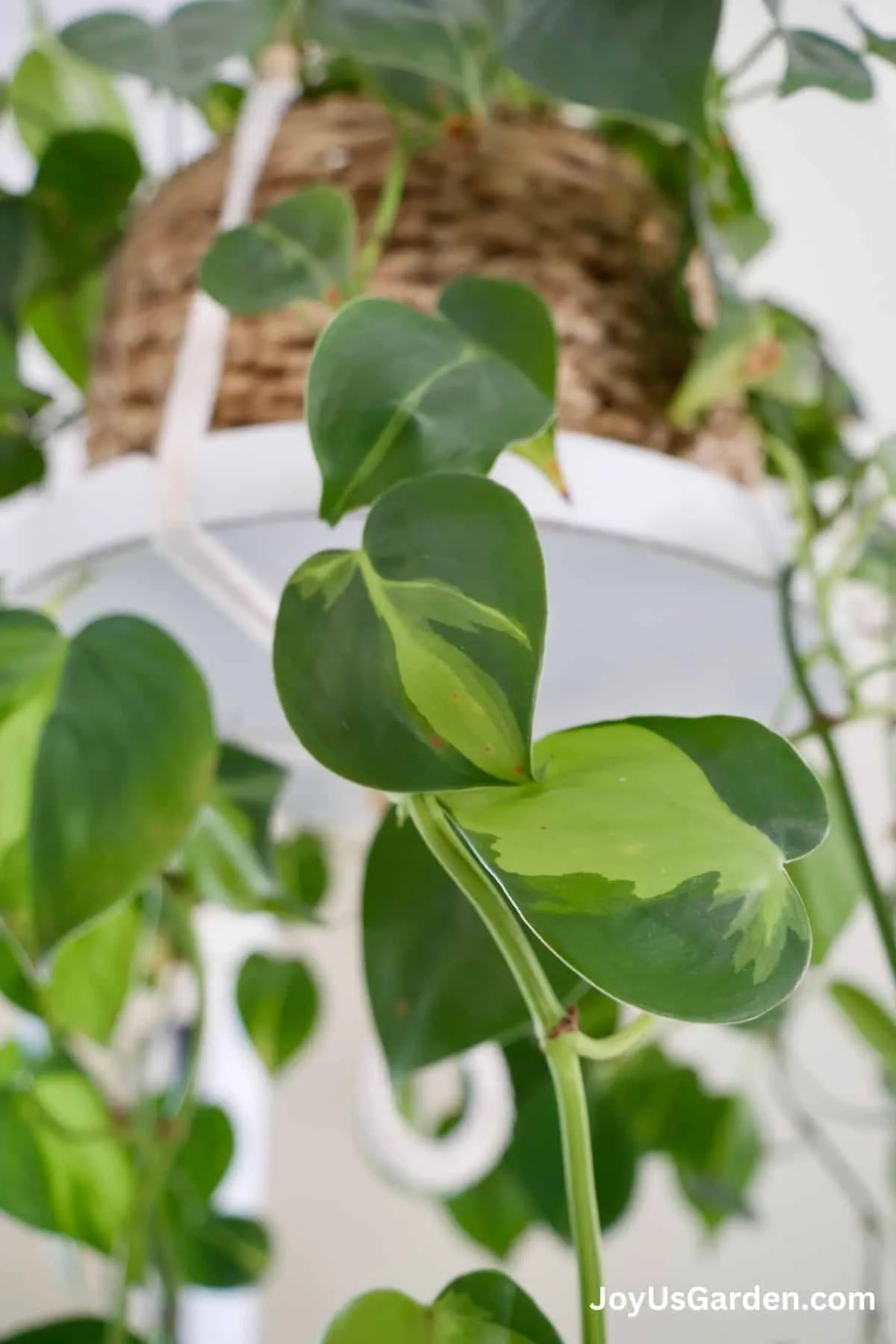
How To Use Philodendron Brasil
The Philodendron Brasil is a tabletop or, more commonly, a hanging plant. It can be trained to grow up a trellis, a moss pole, a piece of bark, or over a bamboo hoop.
Growth Rate
If you’re looking for a fast-growing plant, you’ve found one. Mine grows over 2′ each year. In lower light conditions, it’ll be slower growing.
Size
You can find them in 4″, 6″, and 8″ grow pots. The most common size I’ve seen sold is 6″, usually in a hanging pot.
The longest the trails got on mine was 7′ before I pruned them off the floor.
How to Care for Philodendron Brasil
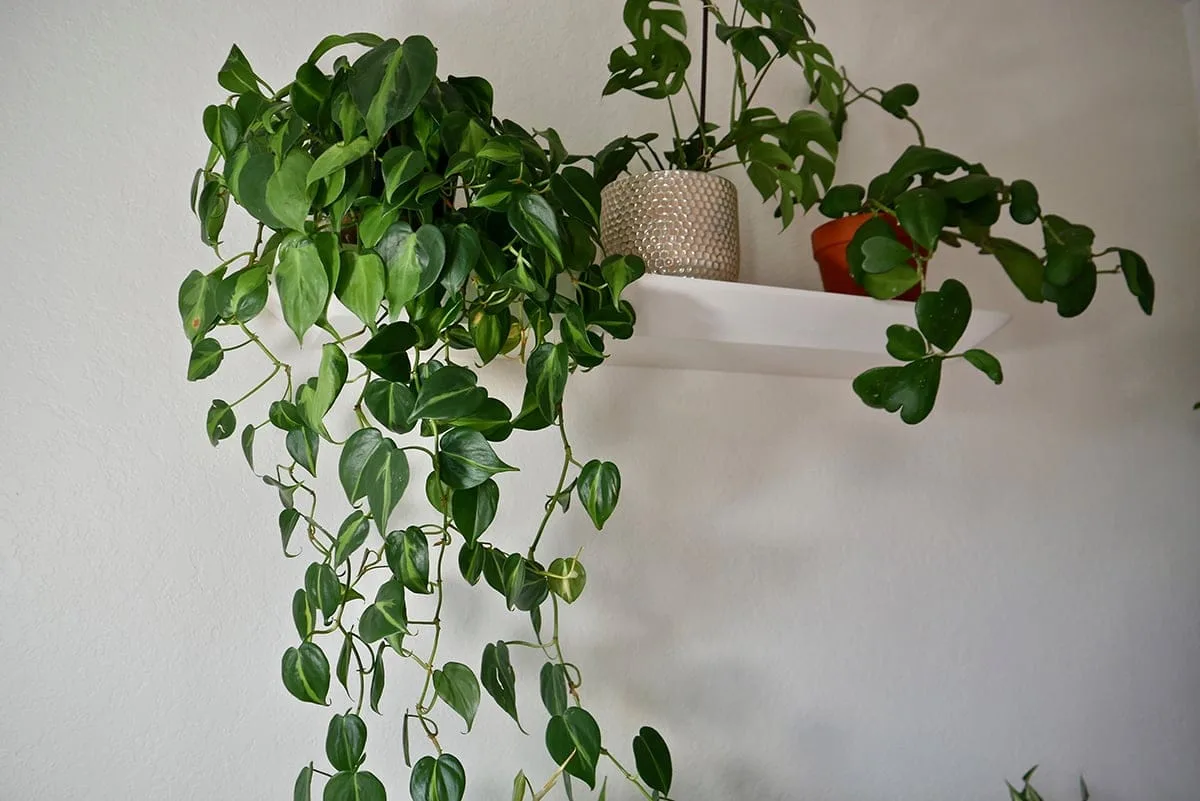
Philodendron Brasil Light
Like many houseplants, the Philodendron Brasil does best in bright, natural light. This would be moderate or medium light levels.
Mine now hangs in the kitchen, 5′ away from a south-facing window. We get ample sunshine all year in here in Tucson, so my Brasil is very happy growing in the indirect sunlight.
Near an east, south, or west exposure is fine. Keep it out of hot, sunny windows and avoid direct afternoon sun; otherwise, your Brasil will burn.
If the light levels are too low, your Brasil will grow slower. In addition, the plant will gradually lose the chartreuse variegation, and the foliage will become smaller. It’ll look like a Heartleaf Philodendron (Philodendron hederaceum) with solid green foliage.
In the darker winter months, you might have to move yours to a location with more light. Here’s a guide on Winter Houseplant Care, which will help you.
Philodendron Brasil Watering
I keep mine slightly moist. This is a bit of a vague term, but I let it go almost but not completely dry. It gets watered every 6-7 days in the summer, and in winter, about every 14 days.
Don’t water it too often or let it sit in excess water because it’ll eventually succumb to root rot. Sticking your finger in the soil or using a monitor is the best way to tell if it needs water.
If the soil feels dry down towards the bottom of the pot, then give it some water. Planting in a pot with a drainage hole(s) will also help avoid root rot.
Your Philodendron Brasil may need to be watered more or less frequently than mine, depending on the pot size, the type of soil it’s planted in, the location where it’s growing, and your home’s environment.
My guide to Watering Indoor Plants will shed some light on this subject.
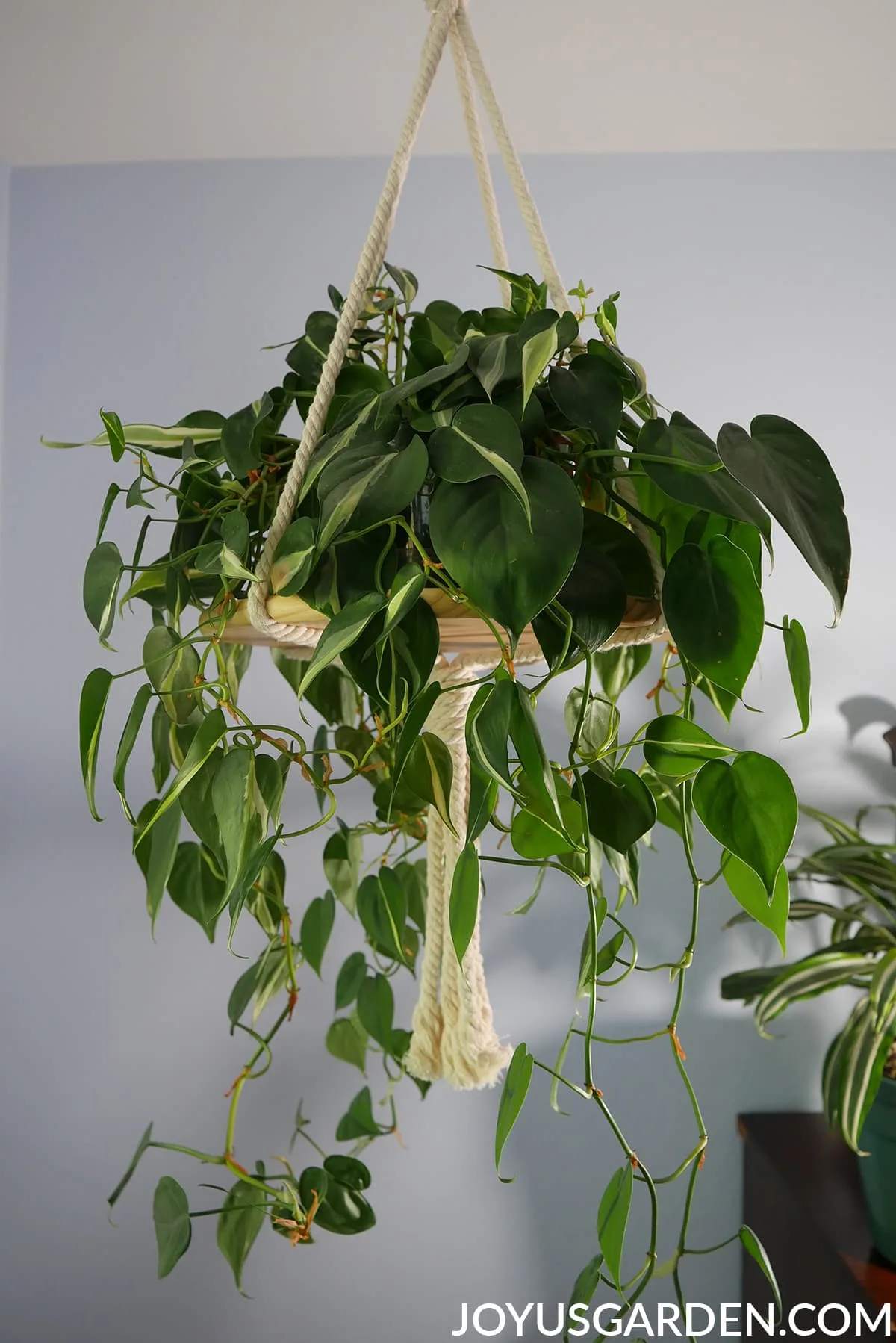
Temperature
Average home temps are fine. If your home is comfortable for you, it’ll be so for your indoor plants, too. Be sure to keep your Philodendron Brasil away from cold drafts and air conditioning or heating vents.
Humidity
Philodendrons are tropical plants native to high humidity regions with warm temperatures. Despite this, they do just fine in our homes which tend to have dry air. Here in hot, dry Tucson, my Brasil grows beautifully and only has a few dry leaf tips.
I have a humidity meter in my dining room. I run my humidifiers when the humidity reads low, often in the Arizona desert!
If you think your Brasil looks stressed due to lack of humidity, fill the saucer that sits under it with pebbles and water. Put the plant on the pebble tray, but make sure the drain holes and/or the bottom of the pot aren’t submerged in any water.
Misting a couple of times a week will help.
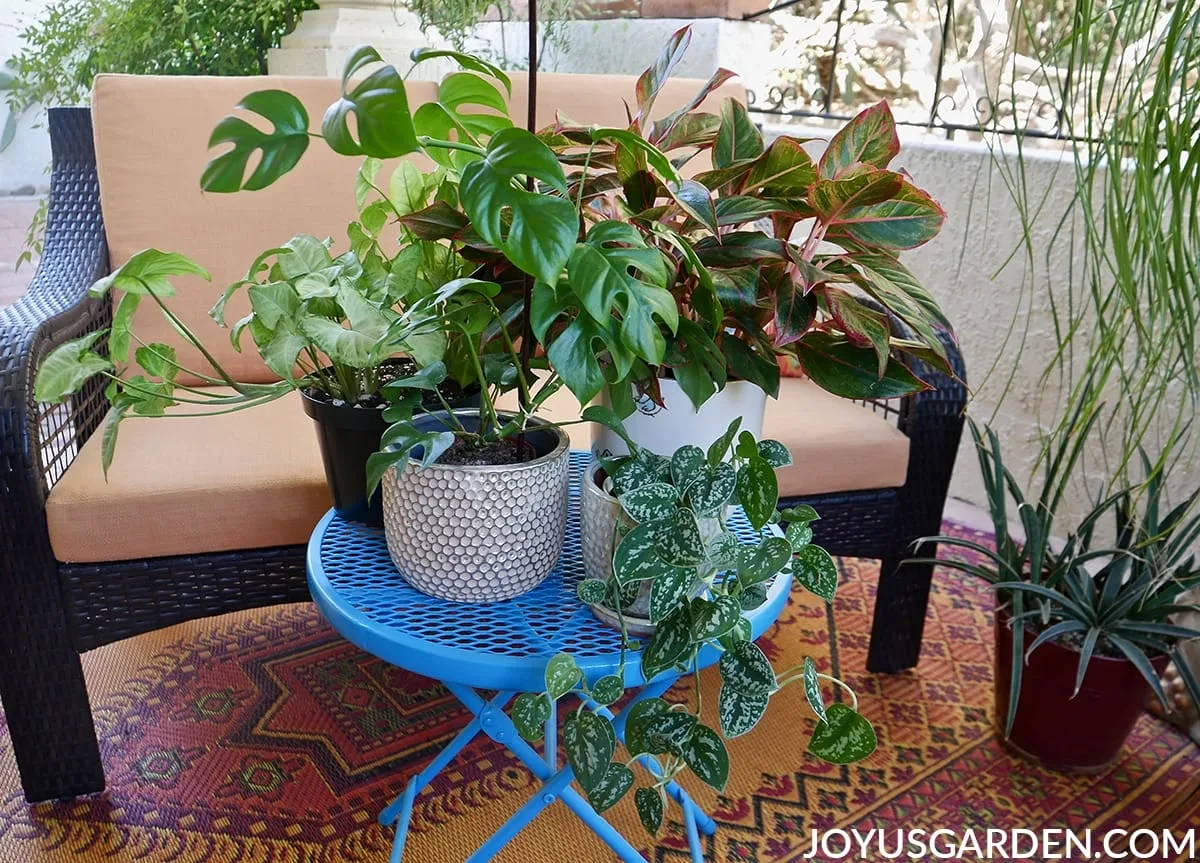
Fertilizing/Feeding
Spring and summer are the best times to fertilize your plants. Early fall is fine, too, if you’re in a temperate climate.
We have a long growing season here in Tucson from mid-February through October. I fertilize with Maxsea or Sea Grow, Grow Big, and Liquid Kelp seven times during the growing season. It’s how I feed all my tropical plants. I alternate using these granular and liquid fertilizers and don’t mix them.
Houseplants appreciate the nutrients these plant foods provide. Two to five times a year, depending on your growing zone, might do it for your plant.
Whatever you use, don’t fertilize houseplants in late fall or winter because it’s not their active growing season. Don’t over-fertilize (use too much or do it too often) your plant because salts build up and can burn the plant’s roots. This will show up as brown spots and brown tips on the leaves.
You want to avoid fertilizing any stressed houseplant, i.e., bone dry or soaking wet.
This is How I Feed Indoor Plants, including all my Philodendrons.
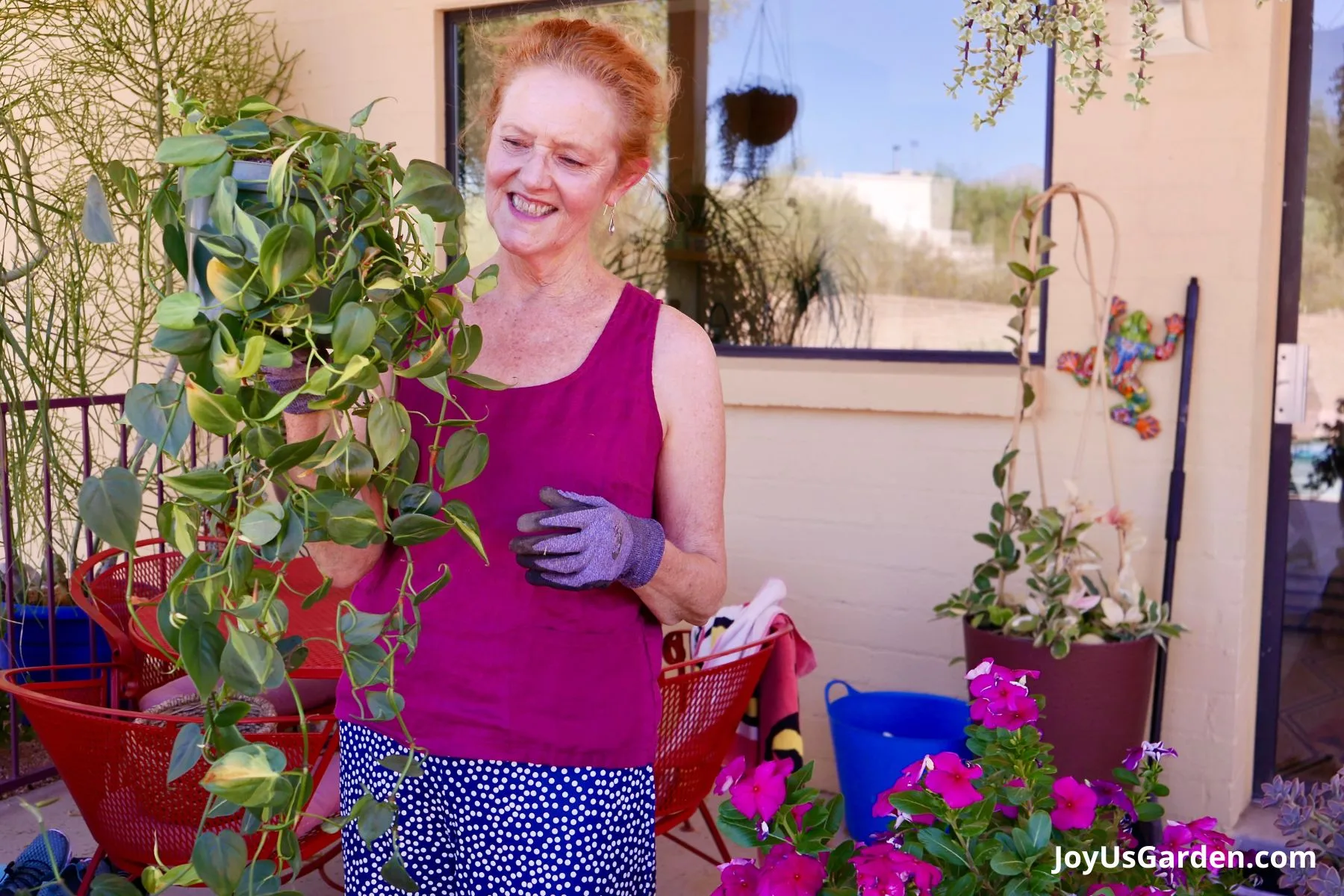
Repotting
Repotting a Philodendron Brasil is best done in spring and summer. Into early fall is fine if you’re in a climate with warm winters like me.
Mine was growing in a 6″ pot. I recently repotted it into an 8″ pot. You can see the process in the Repotting Guide video below.
I’ve done a general Guide To Repotting Plants geared for beginning gardeners, which you’ll find helpful.
Philodendron Brasil Soil
Generally speaking, Philodendrons like well-draining soil with a rich, somewhat chunky soil mix with a good dose of peat. You don’t want the roots to stay consistently wet; otherwise, they’ll rot out.
I used roughly 1/2 potting soil, 1/4 coco chips/coir, and 1/4 pumice. Coco coir is a more sustainable alternative to peat moss and has the same properties. I’ll threw in a few handfuls of compost for richness.
Use a potting soil that is peat-based and formulated for indoor plants. I alternate between Happy Frog and Ocean Forest, and sometimes I combine them. Both have lots of good stuff in them.
I topped it all with a 1/4″ layer of worm compost (for extra richness).
Note: I have many plants (indoors and outdoors) and do a lot of planting and repotting, so I have a variety of materials on hand at all times. Plus, I have plenty of room in my garage to store all the bags and pails.
If you have limited space, I’m giving you a few alternative mixes suitable for a Philodendron Brasil repotting listed below, consisting of only two materials.
Alternative mixes:
- 1/2 potting soil, 1/2 coco fiber or peat moss
- 1/2 potting soil, 1/2 orchid bark, or coco chips
- 3/4 potting soil, 1/4 pumice or perlite
Training
The stems of this Philodendron grow long. I let mine trail, but some twine up the macrame hangers on their own.
I included this section because you might want to train your plant to grow upwards if you don’t want it to trail. Moss poles are a standard support method, but you can also use a smaller-sized trellis, piece of wood, or bamboo hoops.
Here’s how I Trained My Hoya and made the DIY Trellis for my Swiss Cheese Vine.
Pruning
After five years, my Philodendron brasil was looking leggy and unattractive. It grew in a 6″ pot in a basket on a hanging shelf, and the 7′ trailing stems had sparse sections. It was time for a big haircut and to repot it into a larger pot with fresh soil.
The “Pruning Video” below shows the big cutback I did a few months ago. Fresh variegated leaves are appearing; the plant is filling back in and looking good.
Pruning will help maintain a plant’s shape and encourage new growth. Plus, you can propagate the pruned stems and start new plants. Always a great incentive to prune!
Whether you tip prune or do more extensive pruning is up to you.
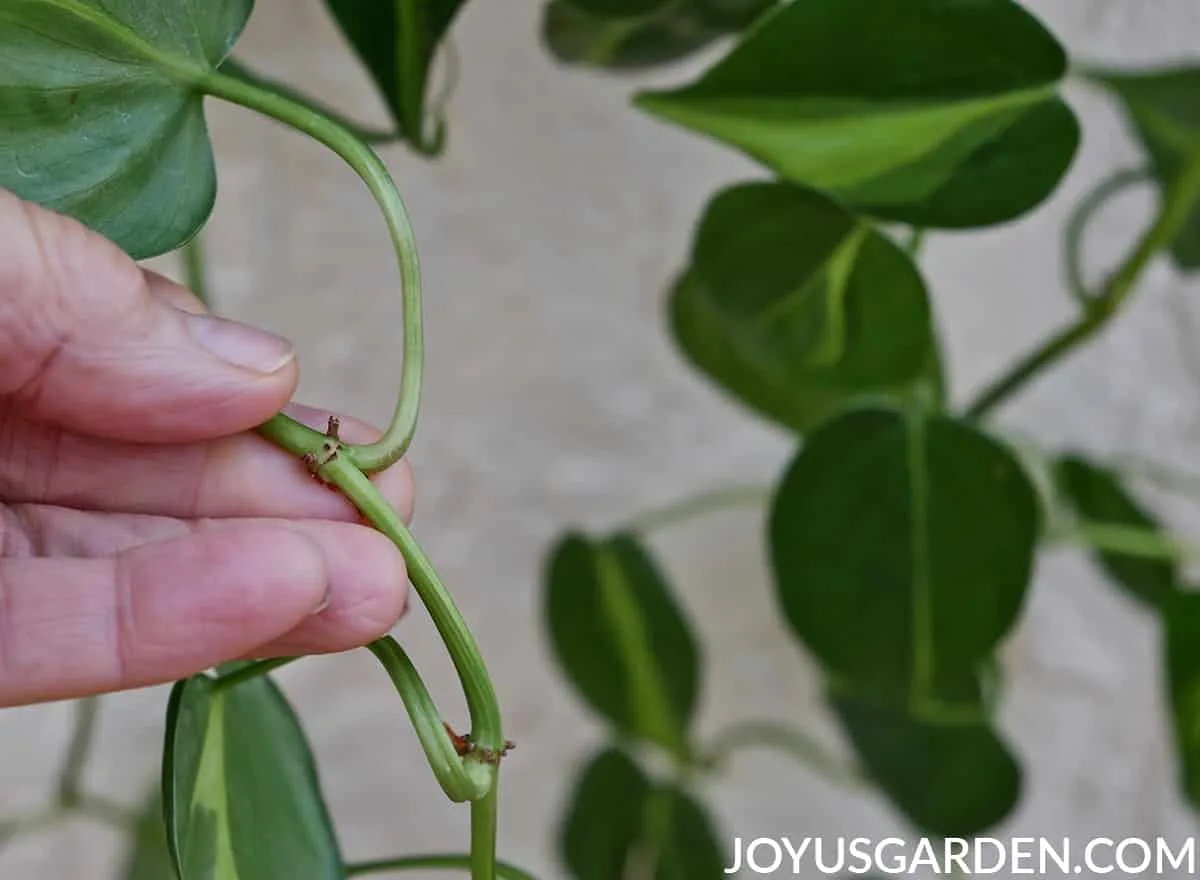
How To Propagate Philodendron Brasil
I’ve never divided a Heartleaf Philodendron, mainly because they’re so easy to grow from stem cuttings.
The brasil is a snap to propagate. You’ll see nodes on the stems. In nature, those are the aerial roots anchoring their stems to other plants as they climb and grow.
To propagate by stem cuttings, prune a stem right below a leaf node and aerial root (make sure your pruners are clean & sharp). The cuttings can be put in water or a light mix to root. By the way, you should see roots appearing in about two weeks.
I prefer to root in water because I can easily see the progress. Keep the bottom node or two covered with water. Change the water every 7-10 days to keep it fresh.
I propagated my Philodendron Brasil via stem cuttings in water – you can get a more detailed step-by-step in this post.
Pests
My brasil hasn’t gotten any pests (so far, anyway!). They can be susceptible to mealybugs, scale, and spider mites, so keep your eyes open for those.
Pests live inside where the leaf hits the stem and underneath the leaves, so check these areas occasionally.
It’s best to take action as soon as you see any pests because they multiply like crazy. They can travel from houseplant to houseplant fast, so make sure to get them under control pronto.
For most pest infestations, you can control them with neem oil or insecticidal soap.
Pet Safety
The Philodendron Brasil, like other plants in the Araceae family, is considered toxic to pets. I always check out the ASPCA website for my info on this subject and see in what way the plant is toxic.
Philodendron Brasil Care Video Guide
Philodendron Brasil Pruning Video Guide
Philodendron Brasil Repotting Video Guide
Philodendron Brasil Care FAQs
Your Philodendron Brasil is turning green because the light level is too low. They need bright natural light to keep that beautiful chartreuse variegation in their foliage.
Yes, it can. I’ve had Pothos (a relative) stem cuttings in water for almost a year now, and they’re doing fine. For the long haul, it’ll grow better in a soil mix.
First, there’s no need to worry if it’s an occasional yellow leaf. That’s the natural growth habit of any plant.
It’s hard to pinpoint the exact cause without knowing more details like pot size, soil type, watering schedule, and your home’s environment.
There are a few reasons for yellowing leaves: inconsistent watering (including too much or too little), too much fertilizing, light exposure (too much or too little), the soil mix being too heavy, or a lack of good drainage.
It’s not integral to Philodendron Brasil care, but it would undoubtedly appreciate the misting if your home is dry. No need to overdo it; once or twice a week would be plenty.
If yours has small brown tips, that’s in reaction to dry air. If the tips are more significant, that’s usually a watering or fertilizing issue.
Your Philodendron Brasil will do fine if slightly root-bound. They grow fast, so it’ll do much better if you repot it one pot size larger at some point. For example, mine was growing in a 6″ pot, and a few months ago, I repotted it into an 8″ pot.
Here are some of our houseplant guides you may find helpful: 6 Low Maintenance Plants For Travelers, 11 Pet Friendly Houseplants, Tips For Buying Houseplants, Best Low Light Indoor Plants, Easy Care Office Plants, 7 Easy Care Floor Plants, 7 Easy Tabletop & Hanging Plants
This plant has long trails and vibrant foliage. Philodendron Brasil care and propagation are easy, making it a must-have whether you’re a seasoned plant lover or looking to venture into plant care.
The Philodendron Brasil plant is one to add to your collection of green babies. It’s flashy in a fun way. What’s not to love?!
Happy gardening


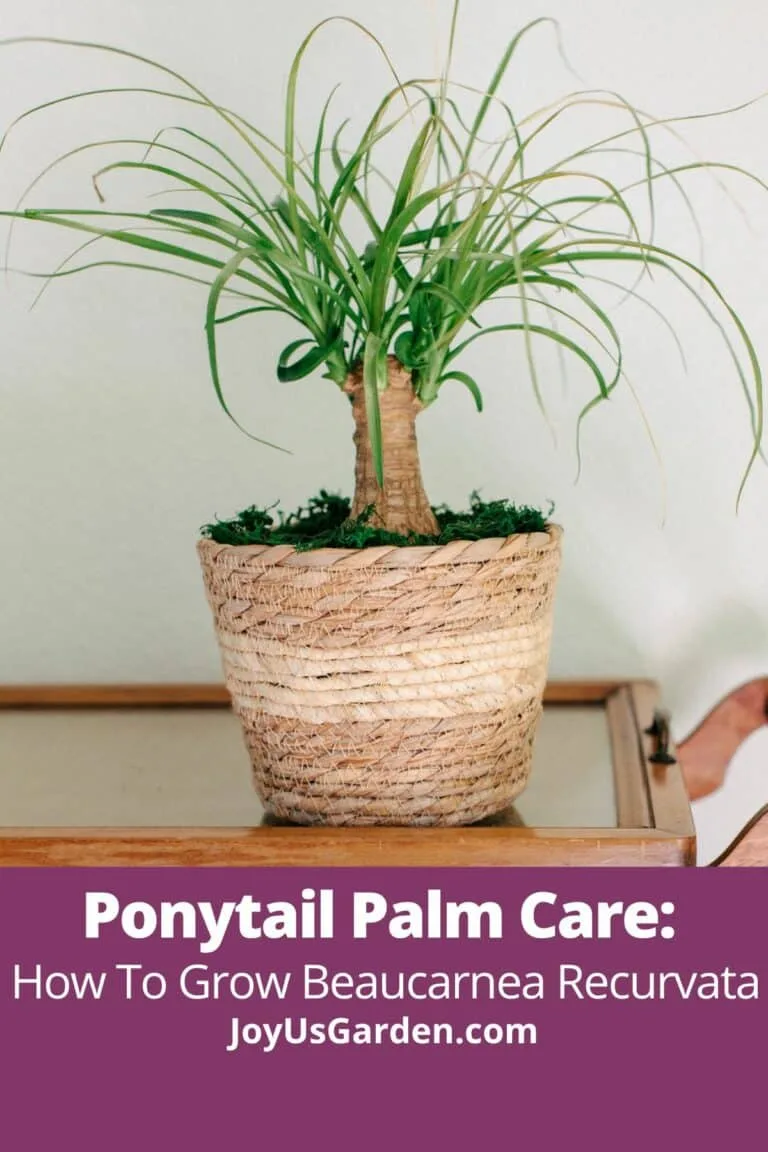
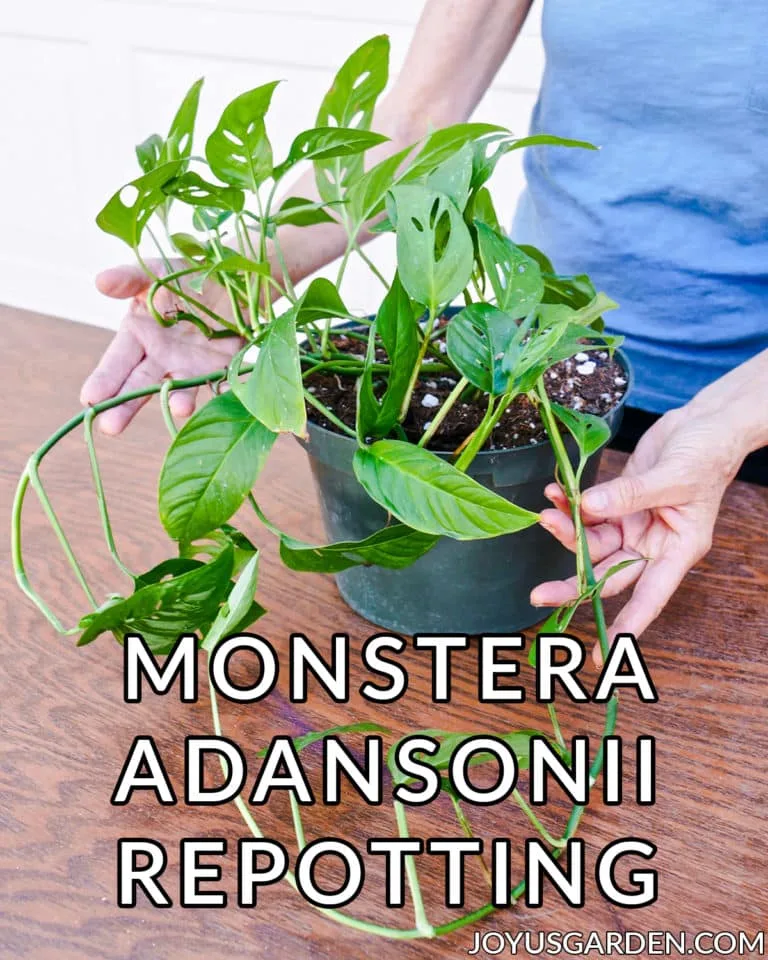
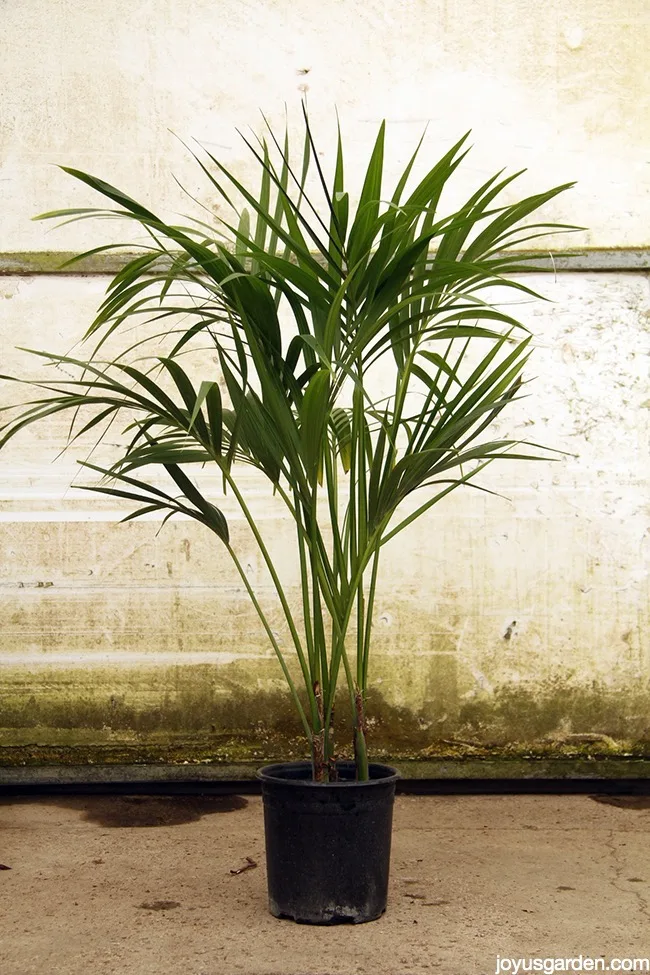
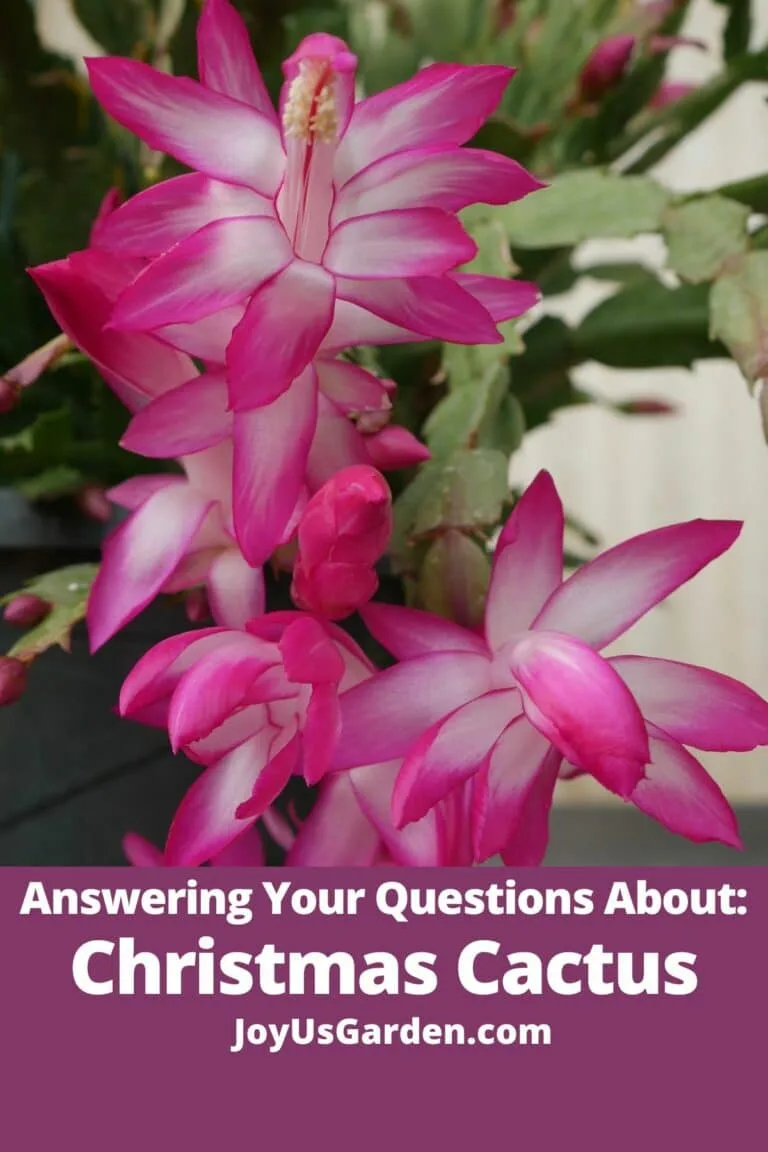
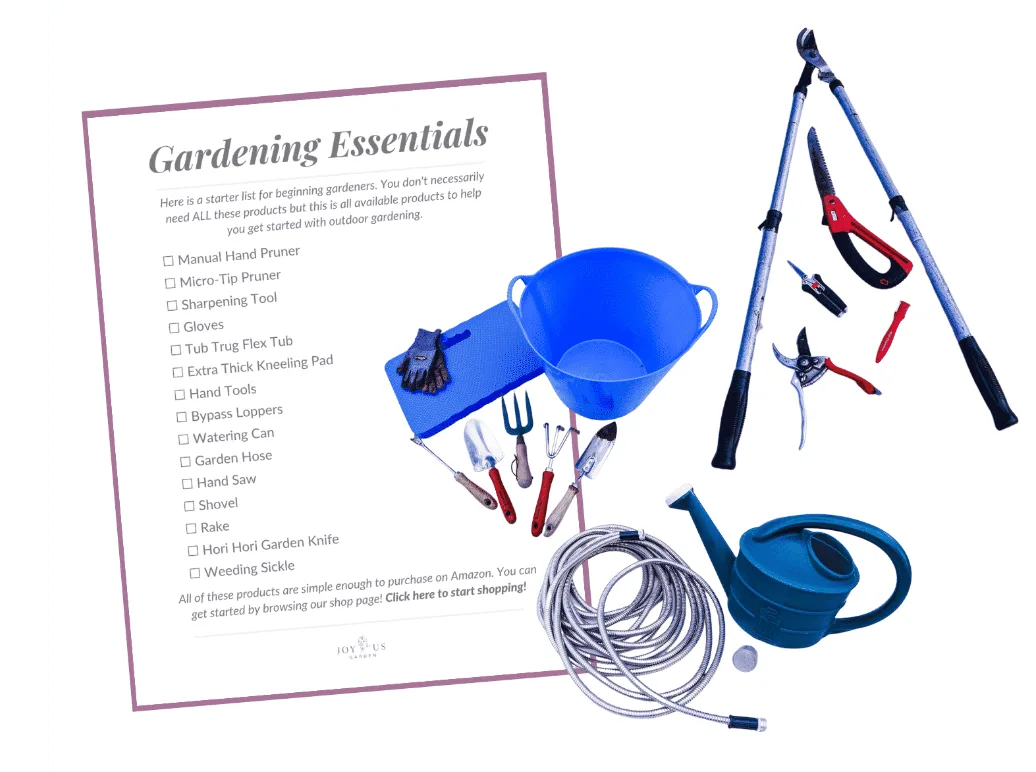
I love your content, Nell! Very helpful. I have a question for you about the Brasil. I have one that is growing beautifully sitting directly in front of an East facing patio window. It’s not very big yet – it was a rescue from a box store clearance section. I have noticed the leaves that are growing out are very small, but it isn’t trailing yet. I don’t believe it’s lighting related as it gets great E facing light. Could it perhaps be due to fertilizing needs?